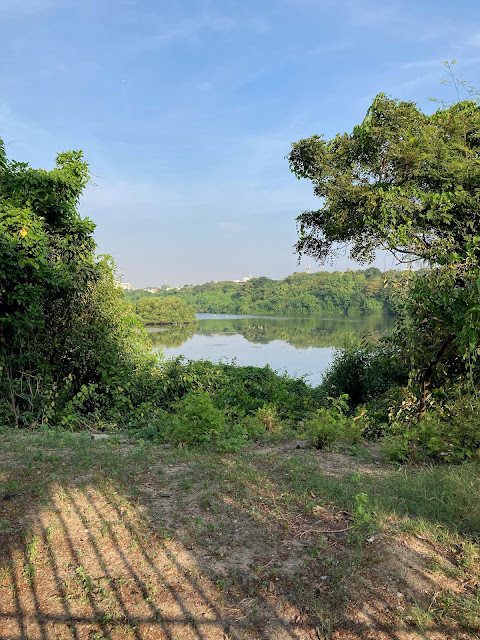Posts
Showing posts with the label Adyar Poonga

Posted by
Flowergirl
Adyar Poonga from the outside
- Get link
- X
- Other Apps

Posted by
flowergirl
Madras' waterways - in need of help
- Get link
- X
- Other Apps
Posted by
flowergirl
Adyar Poonga news
- Get link
- X
- Other Apps

Posted by
flowergirl
More winged visitors flock to Adyar Poonga
- Get link
- X
- Other Apps
Posted by
flowergirl
Detailed report on the Adyar poonga
- Get link
- X
- Other Apps

Posted by
flowergirl
More talented than Mr Ripley!
- Get link
- X
- Other Apps
Posted by
flowergirl
Friends of Adyar Poonga
- Get link
- X
- Other Apps